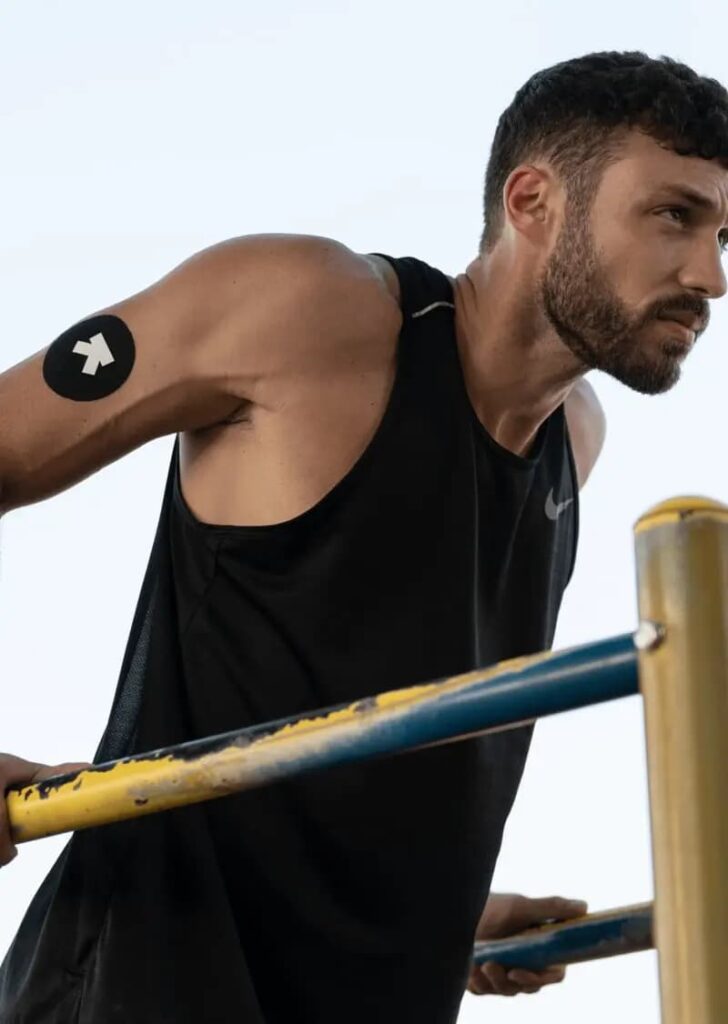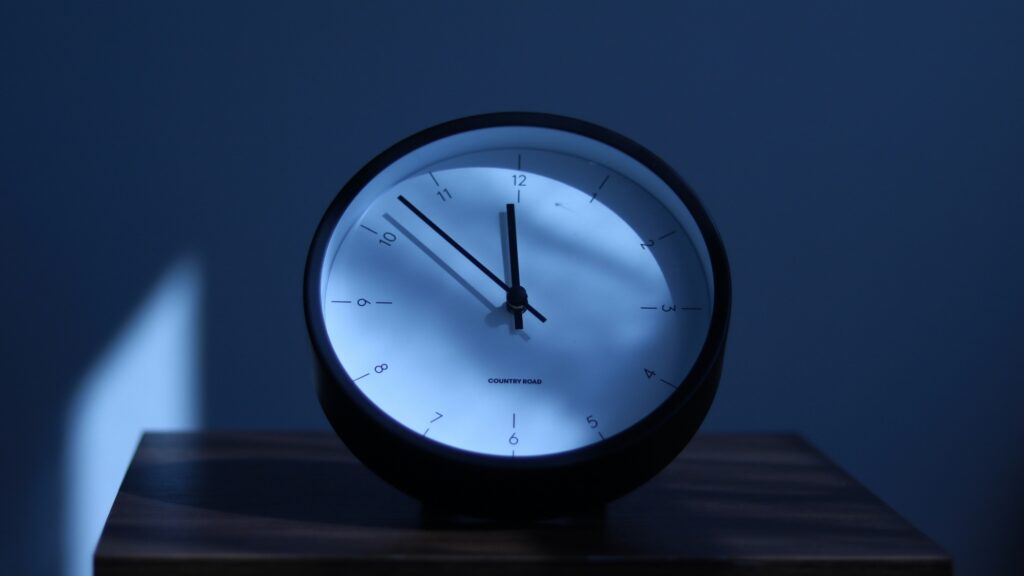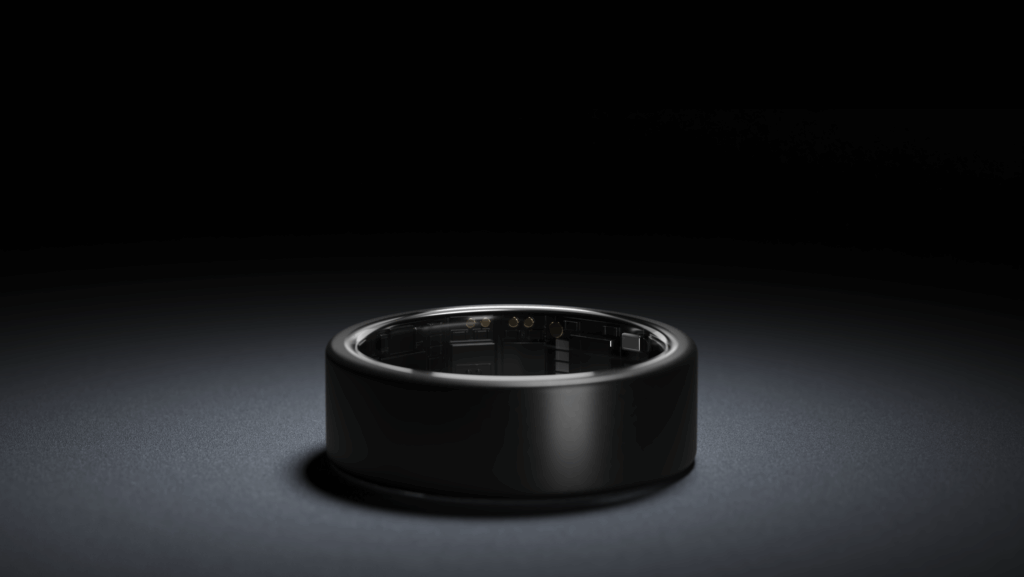The way you sleep is hugely personal, and the quality of your rest is affected by your age, sex, and BMI.
To understand the unique architecture of sleep, there’s no one-size-fits-all approach. The Ultrahuman Sleep Algorithm 2.0 is a massive leap forward and offers the most personalized and intelligent sleep tracking.
Sleep Algorithm 2.0 uses advanced machine learning algorithms, validated by over 125,000 nights of Ring AIR sleep data, to understand how your age, sex, and body composition uniquely shape your rest.
It means that Ultrahuman Ring AIR users will enjoy more personal, relevant, and useful insights than ever before.
Read next: All the new features landing in the Summer Release Sprint ’25
What’s new?
Intelligent sleep scoring
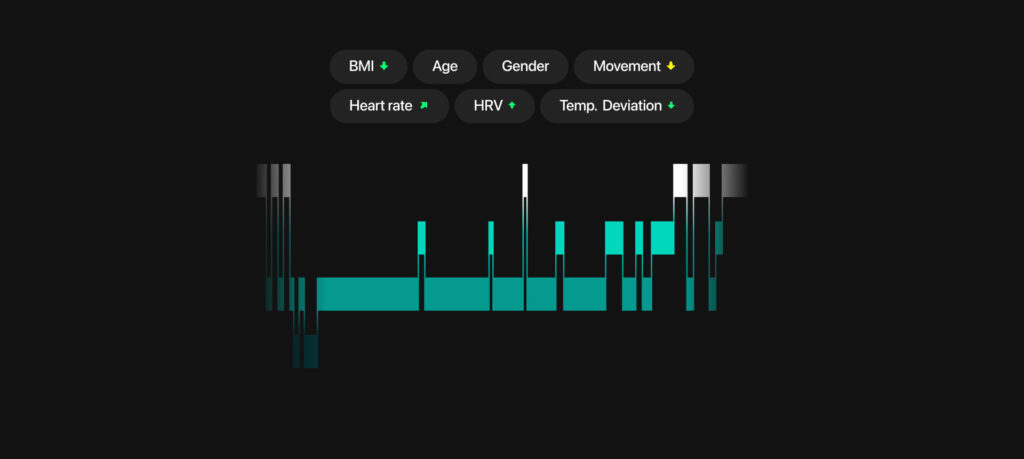
Sleep Algorithm 2.0 provides intelligent sleep scoring by analyzing heart rate, HRV, skin temperature, and movement data alongside age, sex, and BMI for more accurate and personalized insights.
The updated algorithm will particularly benefit older adults, women, and individuals across different fitness levels.
Improved sensitivity
Ultrahuman Ring AIR now offers more accurate sleep tracking, thanks to improved sensitivity to Wake After Sleep Onset (WASO) – a key marker of sleep fragmentation used in clinical studies. WASO measures how long you’re awake after initially falling asleep, and increased disturbances are linked to stress, lifestyle, or sleep disorders.
More accurate sleep transitions
Many users will also see more precise reporting of deep and REM sleep phases. When moving between sleep stages, you cannot transition between deep and REM sleep without entering light sleep first. Like shifting gears in a car, your brain needs to move through light sleep to go from low-power mode to the high-activity dream state. Sleep Algorithm 2.0 recognizes this to make sleep staging even more accurate.
Sleep tracking made personal
Age and sleep
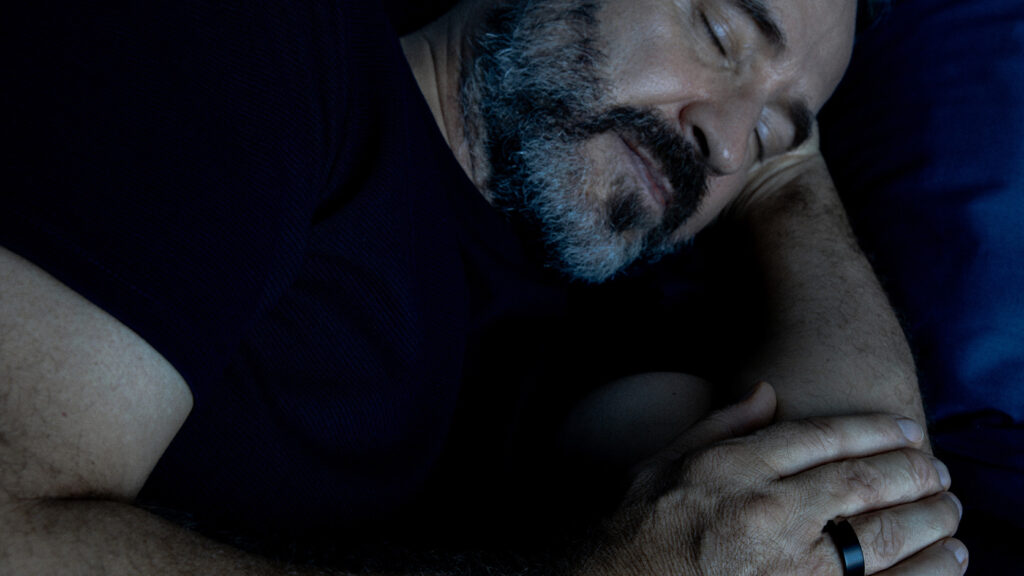
As you age, deep sleep naturally declines by roughly 2% per decade after the age of 30. Sleep also becomes more fragmented due to more frequent wake-ups (WASO), and REM sleep is reduced as well.
These changes are biological, not behavioral. Sleep Algorithm 2.0 accounts for age, so older users may now see a more realistic reflection of their sleep quality, especially if they’re maintaining healthy habits despite age-related changes.
- Older users may see improved sleep scores due to age-adjusted benchmarks.
- Reduced deep and REM sleep won’t drag down older users’ scores as heavily.
- Boosted recovery tracking in later decades.
Read more about age and sleep on the Ultrahuman Blog
Gender and sleep
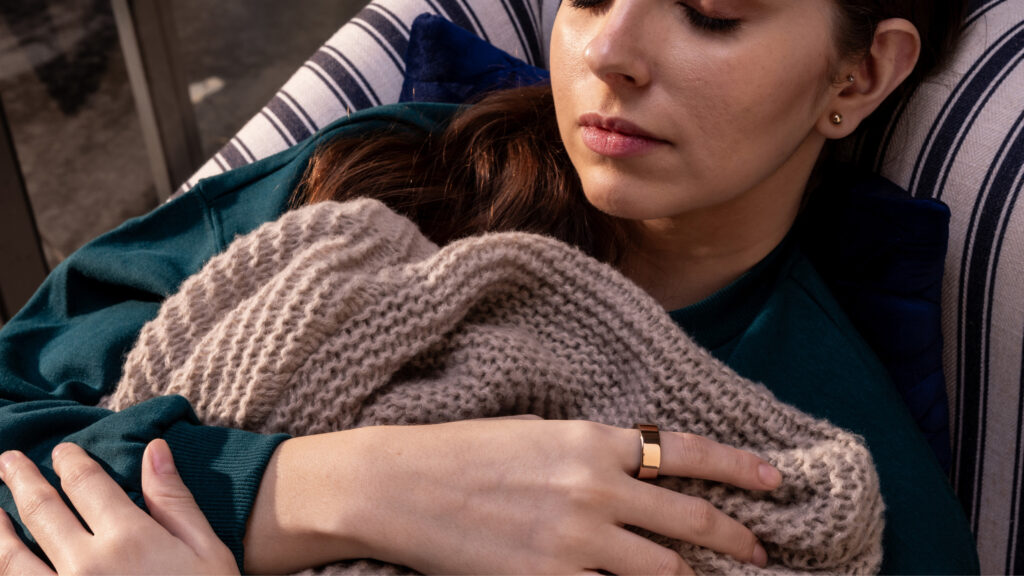
Men and women sleep differently, and Sleep Algorithm 2.0 recognizes these differences.
The menstrual cycle, circadian rhythm differences, and life stages such as menopause can all affect women’s sleep. Women often report worse sleep quality and more frequent insomnia.
Their circadian rhythms also suit earlier sleep and wake times, which can be disrupted by busy work/life schedules.
In addition, hormonal fluctuations during the menstrual cycle, particularly around ovulation and the luteal phase, tend to fragment REM sleep for women. Menopause adds a further layer of disruption.
Sleep Algorithm 2.0 now better captures REM volume. That means women who achieve extra REM during a stable night’s sleep might see improved sleep scores. What’s more, naps will also have a greater impact on recovery.
- Women who achieve higher REM volume may see increased sleep scores.
- Hormonal disruptions during the luteal phase or menopause are now better reflected.
Read next: The factors that affect women’s sleep explained
BMI and sleep
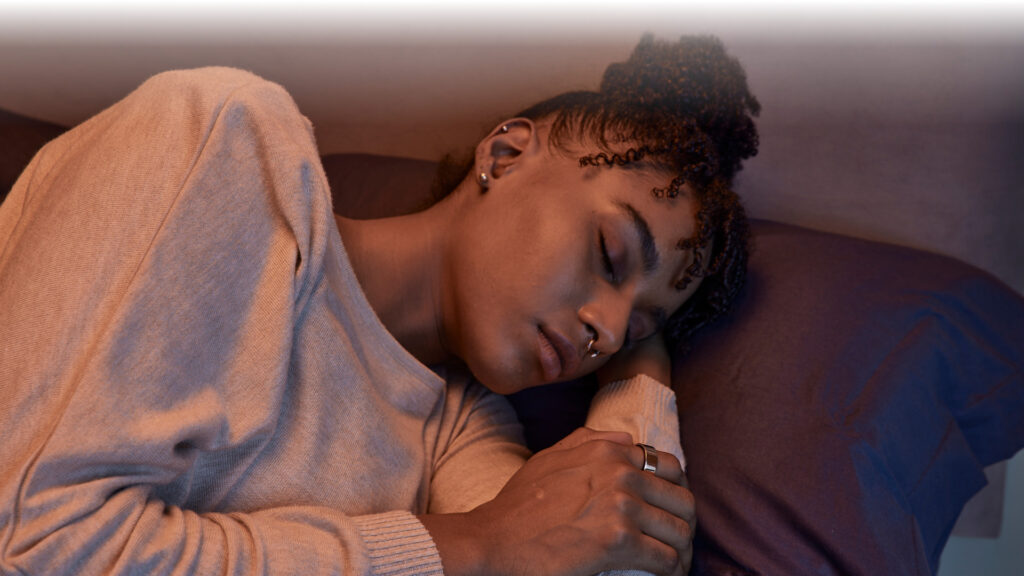
A higher BMI, especially in non-athletic individuals, is often linked to reduced deep sleep and more fragmented REM. This is largely due to hormonal and metabolic changes, along with an increased risk of airway obstruction and snoring.
Sleep Algorithm 2.0 now accounts for the relationship between BMI and heart rate more precisely.
As a result, athletic or muscular individuals, whose sleep may have been under-scored previously, could see improved sleep reporting. Users who improve their fitness by lowering resting HR and BMI may also see noticeable sleep improvements.
- Muscular users with low resting HR may see improved accuracy in deep and REM reporting thanks to the improved relationship between HR and BMI.
- Individuals with higher BMI but stable sleep may also see improved sleep scores.
- Fitness improvements (lower BMI and RHR) can drive a visible increase in sleep performance.
Summary
The Ultrahuman Sleep Algorithm 2.0 intelligently analyzes sleep, taking factors such as age, sex, and BMI into account. By analyzing biomarkers such as HRV, heart rate, temperature, and movement with these factors in mind, the Ultrahuman Ring AIR can offer improved data and more actionable insights.

